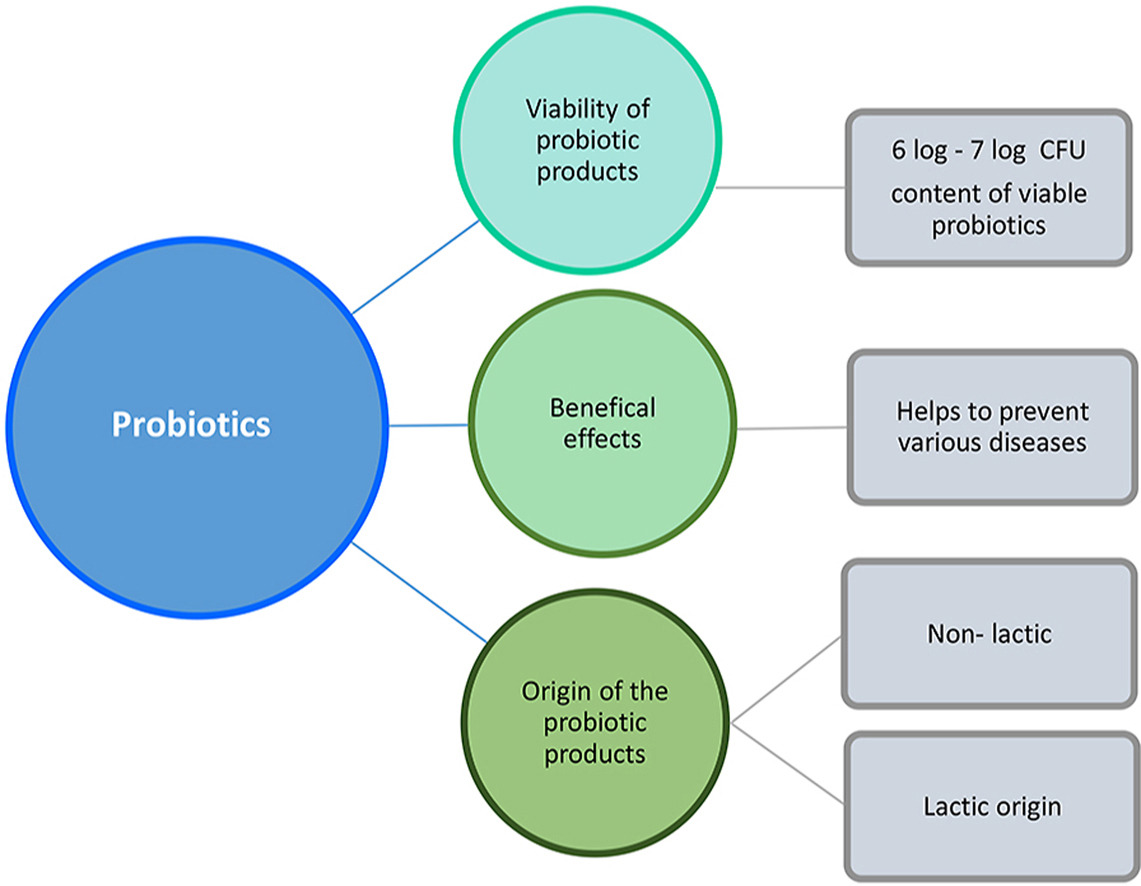Fruit and vegetables are not only vital for a healthy diet but also significantly impact numerous Sustainable Development Goals (SDGs), reflecting their broad influence on global challenges. These food groups are integral in the pursuit of SDG 2 (Zero Hunger). Increasing their production and consumption addresses critical issues such as malnutrition and food security. This is especially pertinent in regions where access to nutritious food is limited. By enhancing the availability of these nutrient-rich foods, communities can combat hunger and improve overall dietary quality.
In relation to SDG 3 (Good Health and Well-being), fruits and vegetables are indispensable. They are sources of essential nutrients and dietary fiber, playing a pivotal role in preventing various non-communicable diseases. Regular consumption of a diverse range of fruits and vegetables is linked to a reduced risk of heart disease, stroke, and certain cancers. This aligns with the goal of promoting well-being for all ages, emphasizing the importance of preventive healthcare and healthy lifestyle choices.
Moreover, these food groups are closely tied to SDG 12 (Responsible Consumption and Production). Sustainable cultivation and consumption practices of fruits and vegetables can significantly reduce food waste. This is crucial in the context of global food systems, where waste not only represents a loss of valuable resources but also contributes to environmental degradation. Promoting sustainable agriculture practices in fruit and vegetable farming can also enhance biodiversity and soil health, contributing to more resilient ecosystems.
The production of fruits and vegetables, particularly through small-scale and family farming, has a notable impact on SDG 1 (No Poverty). These farming practices can be a source of income for many rural families, contributing to poverty alleviation. By providing employment opportunities and potentially increasing farmers' earnings, fruit and vegetable cultivation can improve livelihoods. Additionally, these practices often require less capital investment compared to large-scale farming, making them more accessible to smallholder farmers.
Furthermore, the cultivation and trade of fruits and vegetables can influence SDG 8 (Decent Work and Economic Growth). By creating jobs in both farming and the broader agricultural supply chain, including processing, marketing, and retail, the sector contributes to economic growth. This is particularly relevant in developing countries, where agriculture remains a key economic sector.
Lastly, these food groups play a role in addressing SDG 13 (Climate Action). The agricultural practices associated with fruit and vegetable farming can be adapted to be more climate-resilient and can contribute to carbon sequestration. Moreover, by promoting local production and consumption, the carbon footprint associated with transportation can be reduced.
The cultivation, trade, and consumption of fruits and vegetables intersect with multiple SDGs, showcasing their multifaceted importance. From enhancing food security and nutrition to contributing to sustainable economic growth and environmental sustainability, these food groups are pivotal in the global endeavor to achieve sustainable development by 2030.
Fruits and vegetables are responsible for about 22% of food losses and wastes along the supply chain (not including the retail level). However, fruit and vegetable by-products (FVB) may be transformed into fibre-rich flours and bioactive compounds, mainly bound to the fibre, thus bringing value to the food industry due to health benefits and technological functionality. Therefore, these by-products have great potential to be applied in several food industries.
Foods with probiotics are in high demand by consumers given their associated health properties that make them the most popular functional foods. Probiotics have primarily been used in products of lactic acid origin. However, nondairy foods are increasingly being used as carriers of probiotics because the population exhibits high levels of lactose intolerance. In addition, modern lifestyles are increasingly distant from animal food consumption such as dairy products.
Background: Fruits and vegetables are an excellent source of nutrients, with numerous health benefits. Most consumers are not meeting the daily recommended intake of fruits and vegetables. Yet, a significant amount of fruits and vegetables that is produced is wasted. There are opportunities to recover the wasted fruits and vegetables for manufacturing value-added products to improve the sustainability of healthy diets and reduce the environmental footprint.

